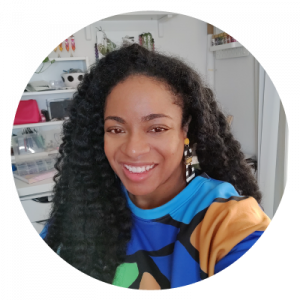I’ve learned a few lessons along the way, and not all of them were learned the easy way (but that’s a different story) – here are seven things I do to keep the design workflow moving smoothly.
1. LISTEN
It sounds simple, but it is easier said than done. Our plates are full and it can be tempting to rush through consultations because you are certain that you already know what a client is looking for. The reality is that investing time in meaningful client conversations is invaluable. Discussions with clients often reveal information that can save a lot of time in the long run or improve the quality of your work.
2. PUT IT IN WRITING AND MAKE IT OFFICIAL
There is nothing warm and fuzzy about contracts. Honestly, they seem downright cold and intimidating but contracts are important. They are a good tool for managing expectations and getting all the “boring stuff” out of the way which allows you to focus on the creative aspects of the project. It’s easier to produce amazing work if your not worried about deadlines, payment terms, etc.
3. STAY IN TOUCH
Don’t go M.I.A. (missing in action) while you are working on a project. Even if there isn’t much of an update, clients appreciate proactive communication to let them know that you are making progress. A simple email or a quick phone call is all it takes to keep a client in the loop.
4. KNOW WHEN TO SAY “NO”.
It is important to be honest with clients. This means not only being honest about your workload and your ability to meet deadlines, but also about the content of their project. Although it’s not easy to tell a client that a design idea is not technically (or tastefully) feasible, it is important to find a tactful way to communicate difficult news. Remember that your client hired you for your talent and expertise…that may mean talking them out of using yellow lettering on a neon green background.
5. SHOW, DON’T TELL
Art school is a great forum for discussing abstract ideas and using lots of design lingo; client meetings are not such a great forum for doing so. It can be difficult to pin down what clients are looking for. It’s always helpful to show them some design examples (as opposed to telling them about design ideas) in order to solidify a concept and get a project started.
6. FOLLOW UP
The relationship shouldn’t end when you had off files to clients. I make it a point to check in and see how things are going with previous clients. Often, I get valuable feedback about the work I’ve done…or better yet, sometimes I get hired for new projects.
6. BE YOURSELF!
Yes, it’s important to be professional and to be accommodating – but it’s also important to be yourself. Your client was drawn to your portfolio because of the unique way you bring design concepts to life.
FOLLOW ME


 Multi-faceted Designer, Creative Director & Founder of SCOTCHBONNET! Accessories
Multi-faceted Designer, Creative Director & Founder of SCOTCHBONNET! Accessories